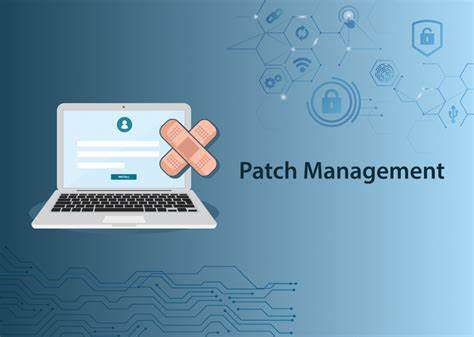In today’s fast-paced digital environment, maintaining the security and efficiency of IT systems is not just a necessity but a critical imperative for businesses of all sizes. One of the most effective strategies to ensure that your network remains secure and functions optimally is through diligent patch management. This process involves systematically updating and managing computer software, a cornerstone for robust business IT solutions.
Understanding patch management
Patch management is updating software applications and systems with patches or updates. These patches are often designed to correct security vulnerabilities and other bugs, as well as to improve the performance of the software. By applying these updates regularly, businesses can protect their systems from newly discovered threats and ensure the integrity and confidentiality of their data.
Benefits of effective patch management
Implementing a reliable patch management strategy offers multiple benefits:
- Security: Keeps your systems protected against external threats by closing security gaps.
- Compliance: Helps comply with industry regulations by ensuring the software is up-to-date with the latest security standards.
- Stability: Reduces system crashes and bugs, improving overall performance and reliability.
- Productivity: Minimizes downtime caused by system outages, maintaining business operations smoothly.
How to implement patch management effectively
For effective patch management, businesses should consider using specialised patch management software. This software automates managing and deploying patches, which can significantly reduce the time and effort involved in manually handling updates. Automation also minimises the risk of human error, which can lead to patches being applied incorrectly or not at all.
Best practices for patch management
Effective patch management is crucial for maintaining IT system security and functionality. Here, we explore key strategies to optimise this process, ensuring your systems are secure, compliant, and up-to-date.
- Automate the process: Use tools to streamline patch deployment and reduce the chance of missing critical updates.
- Prioritise patches: Not all patches are of equal importance. Prioritise them based on the security risks they address.
- Test patches: Before deploying a patch network-wide, test it in a controlled environment to ensure it does not cause more issues than it solves.
- Keep an inventory: Maintain an up-to-date inventory of all IT assets and patch status to ensure no device is left unpatched.
- Educate your team: Ensure that all team members understand the importance of patch management and know the policies in place.
Partnering for success
Given the complexity of IT environments and the expertise required to manage them effectively, many organisations benefit from partnering with providers specialising in proactive maintenance and management services. These providers can offer the skills, tools, and processes to ensure your IT infrastructure remains secure and up-to-date.
Final thoughts
In today’s digital economy, adept patch management is not merely an operational task but a strategic imperative for any business looking to secure its technological infrastructure. By integrating comprehensive patch management strategies and tools, businesses can significantly fortify their systems against cyber threats, enhance system performance, and ensure compliance with regulatory standards.
With a trusted IT management partner like Clyk, your organisation can leverage advanced patch management solutions to stay ahead of vulnerabilities and system inefficiencies. As technology evolves, partnering with Clyk means your business is always equipped with the latest tools and best practices, ready to meet future challenges and seize new opportunities.












































































